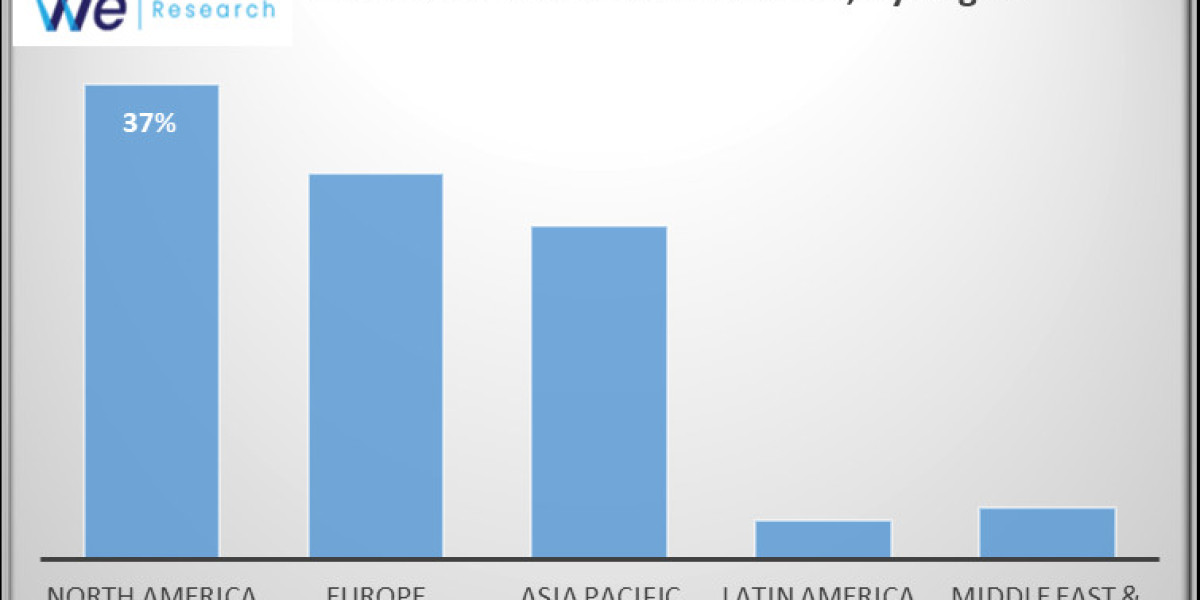As the Linux landscape evolves, the departure of CentOS from its traditional role as a free RHEL alternative left many organizations seeking new solutions. In response, AlmaLinux and Rocky Linux have emerged as leading contenders, each vying to fill the gap left by CentOS. If you’re contemplating AlmaLinux vs Rocky Linux, understanding the nuances of these distributions will help you make an informed decision.
AlmaLinux is a community-driven, open-source project created by CloudLinux Inc., designed to provide a free, enterprise-grade alternative to RHEL. It aims to offer a stable, long-term solution for users who need compatibility with RHEL without the associated costs. The AlmaLinux Foundation, which supports AlmaLinux, ensures a transparent governance model and community-driven development. This backing is crucial for users who value a collaborative approach and ongoing support.
On the other hand, Rocky Linux was founded by Gregory Kurtzer, the original creator of CentOS. The goal of Rocky Linux is to maintain the same level of stability and compatibility that CentOS users have come to expect. With the backing of the Rocky Enterprise Software Foundation, Rocky Linux focuses on delivering a community-driven project that emphasizes stability and continuity. This focus on reliability makes Rocky Linux a strong candidate for those who prioritize a proven legacy.
When comparing Rocky Linux vs AlmaLinux, several factors come into play:
Community Support and Governance: AlmaLinux benefits from the backing of CloudLinux, a company with a strong track record in the Linux ecosystem. This support translates into a robust governance model and financial stability, which can be reassuring for enterprises. In contrast, Rocky Linux, driven by its community and founder Gregory Kurtzer, emphasizes a governance model that is closely aligned with the original CentOS ethos. Both projects offer community support, but the underlying structures differ.
Development and Release Cycle: Both AlmaLinux or Rocky Linux aim to be 1:1 binary compatible with RHEL, which means users can expect similar performance and functionality. However, their development approaches may vary. AlmaLinux has been noted for its swift adoption of updates and a streamlined process for integrating changes. Rocky Linux, with its focus on stability, may take a more measured approach to updates, ensuring that changes are thoroughly vetted before release.
Enterprise Integration: For enterprises considering AlmaLinux or Rocky Linux, the choice might hinge on specific integration needs. AlmaLinux is designed with cloud environments in mind and has been optimized for use in various cloud scenarios. This makes it a compelling choice for organizations leveraging cloud infrastructure. Rocky Linux, with its focus on enterprise stability, offers a strong foundation for traditional data center environments and large-scale deployments.
Compatibility and Performance: Both distributions aim for compatibility with RHEL, which means that applications and services designed for RHEL should run seamlessly on either AlmaLinux or Rocky Linux. Performance-wise, both distributions are expected to deliver similar results due to their shared goal of RHEL compatibility. The choice between AlmaLinux Rocky Linux may ultimately come down to specific performance metrics or benchmarks relevant to your environment.
Community and Ecosystem: The community surrounding each distribution plays a significant role in its success. AlmaLinux benefits from a broad range of contributors and supporters through the AlmaLinux Foundation, which provides a platform for collaboration and feedback. Rocky Linux, driven by its founder and community, also boasts a vibrant ecosystem of users and contributors. Engaging with the community can offer valuable insights and support.
In conclusion, the decision between AlmaLinux vs Rocky Linux should be guided by your specific requirements, including community support, enterprise integration, and development preferences. Both distributions offer strong alternatives to CentOS, each with its unique strengths. Whether you choose AlmaLinux or Rocky Linux, you can expect a reliable, RHEL-compatible solution that aligns with your organizational needs.



